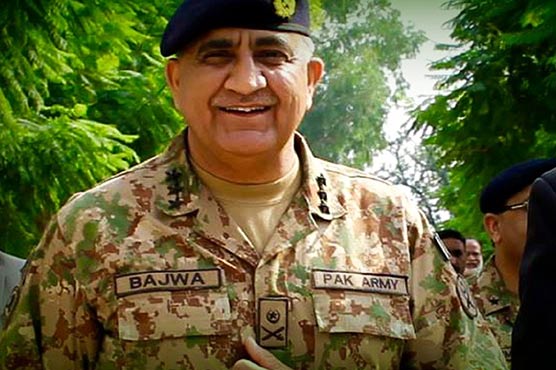The government has been bragging about economic growth of 5.3 per cent this year and forex reserves touching unprecedented highs; but on ground the situation is alarming. Pakistan’s trade deficit ballooned to an all-time high of US$ 30 billion in the first 11 months of the current fiscal year, which means that trade deficit for 12 months would be $33 bn. It is mainly due to declining exports and partly because of declining remittances from Pakistani expatriates. The total import bill for 2016-17 is likely to be $53 bn, whereas Pakistan’s exports less than $20 bn, hence trade deficit of $33billion. Pakistan’s annual trade deficit was USD 20.435 billion when in May 2013 the PML-N came to power. But despite fall in the oil prices in the international market, the gap between imports and exports continued to increase.
The fresh statistics have caused concerns about long-term sustainability of the external sector, which the government is maintaining by borrowing from foreign countries and commercial banks. Owing to the swelling trade deficit, the balance of payments of the country is now projected to worsen to levels never seen in the past. Finance Ministry in its budget documents, has revised the current account deficit projection to $8.4 billion for the outgoing fiscal year, which is incorrect. After taking into account remittances to the tune of $18 bn from expatriate Pakistanis, current account deficit would be $15 bn. Independent economists say the ballooning trade deficit has finally exposed vulnerabilities of Pakistan’s economy. Despite incentives offered by the government, exports are not picking up; but these packages have remained partially funded, causing resentment among exporters.
One would not understand how the IMF and other financial institutions draw a rosy picture about Pakistan’s economy. On 1st August 2016, Finance Minister had claimed that Pakistan didn’t need support from International Monetary Fund (IMF) anymore. Since the government decided not to enter into the next IMF program, analysts noticed significant slowdown and reversal in the reform processes like government borrowings, energy reforms, tax reforms, privatization and re-structuring of loss making public sector enterprises. Despite decline in exports and expatriates remittances and debt mountain of Rs. 18 trillion which includes foreign debt of $72 billion Finance Minister was upbeat and presaged that by 2050 Pakistan will become the 18th biggest economic nation across the world. This appears to be a funniest statement, as Pakistan could not meet the targets vis-à-vis fiscal deficit, trade deficit and current account deficit.
The Current Account Deficit of $15 bn seems to be unmanageable, and even a bailout package from the IMF cannot salvage the situation. The government claims that GDP has increased from 2 per cent to more than 5 percent, but it is not reflected neither in the realm of increase in production and job opportunities nor in exports. Pakistan’s problem is growing public debt, which on one hand limits the capacity to build strong defence and on the other limits fiscal space to invest in human development and infrastructure. Unfortunately, Pakistan faces major challenges of income, gender, health and educational inequalities in extreme forms. Over 25 million school-age children are estimated to be out of school; more than 3.7 million of our labor force is unemployed; and about half of total population is victim of food insecurity.



